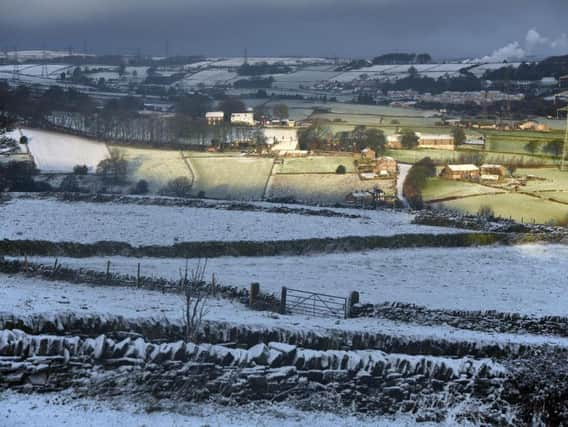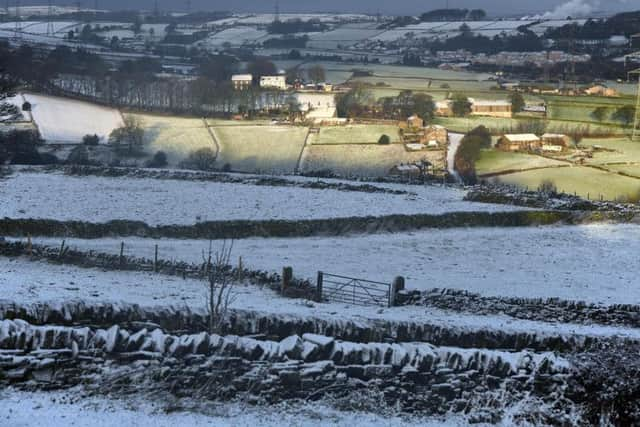This is why Leeds rarely gets snow


Although Leeds is forecast to see some snow this week, the city rarely gets large amounts.
But is there a reason for this and why do some parts of the county always seem to receive greater snowfall than Leeds?
Advertisement
Hide AdAdvertisement
Hide AdGrahame Madge, from the Met Office, states that the current weather setup revolves around snow showers which "can develop in some areas rather than others", but that the random nature of these showers "makes it harder to pinpoint exact areas".


Mr Madge says that the "eastern parts of Britain are a showery region", which is why Yorkshire in general is usually affected by the snow.
Upland locations
North Yorkshire in particular is an area which usually receives a large amount of snowfall and areas such as Harrogate and Skipton are almost always affected by cold-weather fronts.
This is due to its geographical location as it is more upland than areas such as Leeds, which makes it more likely to receive a greater amount of snow.
Advertisement
Hide AdAdvertisement
Hide AdMr Madge explains that in regards to general weather principles, "elevation sees more snow" as more "snow jets" occur in upland areas.
This is why the elevated areas of the North York Moors and Yorkshire Dales always seem to receive a large amount of snow, as the higher up and more exposed a place is generally gets more snow on the ground.
With Leeds located inland, snow has to travel over quite a lot of land before reaching Leeds, with hillier, more upland locations receiving most of the snowfall before getting to the city.
Coastal locations
Coastal sites are also more prone to snow showers due to the moisture from the sea, which makes seaside resorts such as Bridlington and Whitby more likely to receive snow than sheltered cities such as Leeds.
Advertisement
Hide AdAdvertisement
Hide AdAs the snow showers then run out of moisture as they retreat further inland, general weather principles makes other parts of Yorkshire less likely to receive as much snowfall as its coastal and highland counterparts.
If Leeds does get snow, then it very quickly turns to slush. This is due to the city’s central temperature, with traffic, people and the large amount of buildings meaning that it needs to snow very heavily for it to settle in the city.